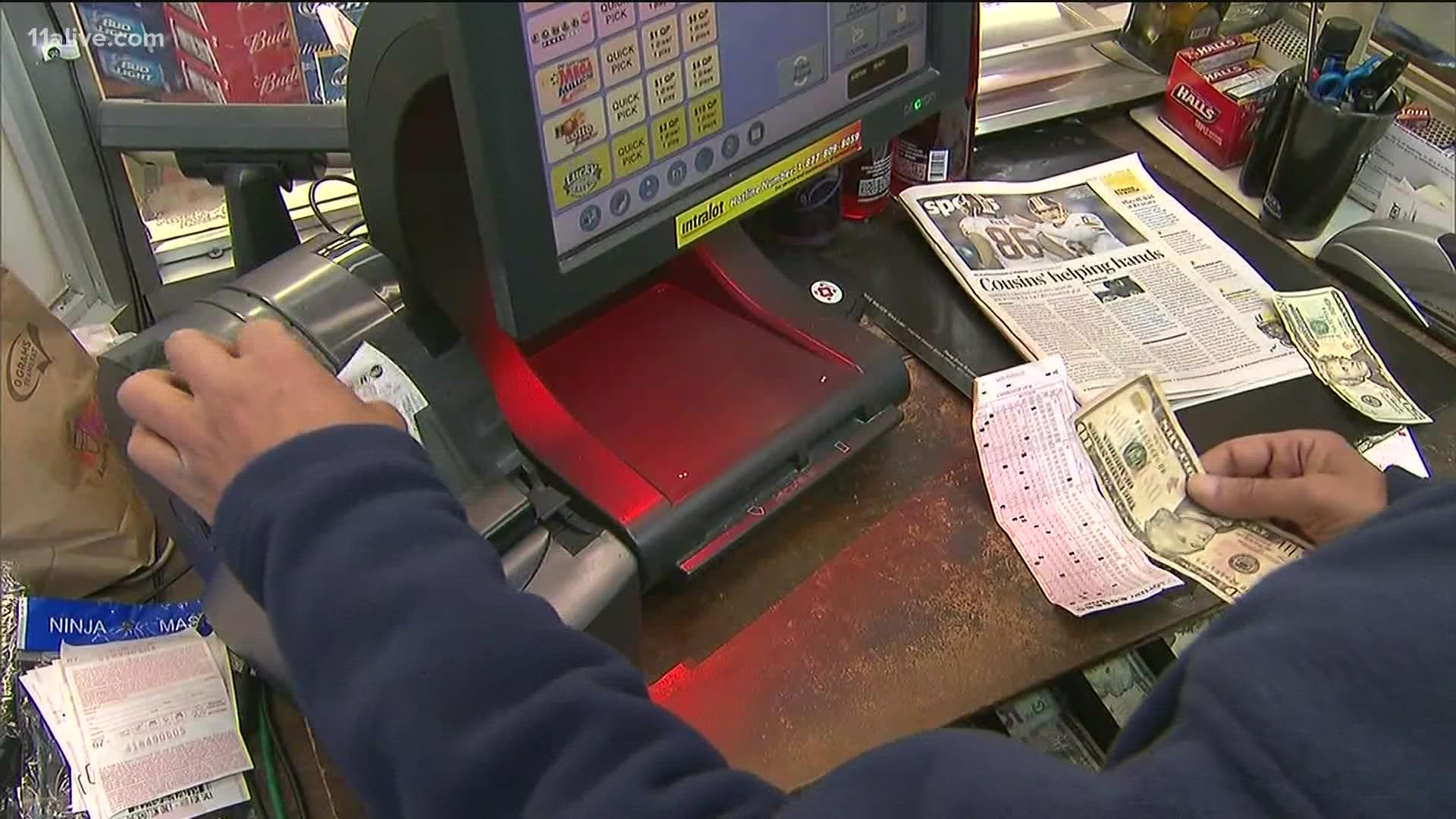DES MOINES, Iowa — Lottery players will get more chances to win giant jackpots as the Powerball game shifts to three drawings a week in an effort to build larger prizes and boost sales.
The change will begin Monday, Aug. 23, marking the first time the game will expand beyond two weekly drawings since it was launched 29 years ago.
May Scheve Reardon, the Missouri Lottery executive director and current leader of Powerball, said the change is intended to create consistently larger prizes. Although plenty of people spend $2 on a Powerball ticket when prizes are lower, sales typically take off when jackpots reach $400 million or more, she said.
In part that’s because after recent jackpots that have topped $1.5 billion, even life-changing prizes can seem comparatively puny.
“Jackpot fatigue is real and by increasing the days of the draws we’ll be able to grow bigger jackpots faster and get more people interested in the game and turn over more money to our beneficiaries,” Reardon said.
Powerball, overseen by the Urbandale, Iowa-based Multi-State Lottery Association, is played in 45 states plus Washington, D.C., the U.S. Virgin Islands and Puerto Rico. In the 2021 fiscal year, the game had sales of more than $4 billion.
MegaMillions, the other lottery game offered throughout most of the country, is evaluating ways to remain “on the forefront of consumers’ minds” but doesn’t plan to add more drawings, said Pat McDonald, president of the Mega Millions Consortium and director of the Ohio Lottery.
Powerball also will add a new feature to the game called Double Play, which costs an extra $1 and offers a chance to win additional prizes of up to $10 million. Double Play initially will be offered in Colorado, Florida, Indiana, Maryland, Michigan, Missouri, New Jersey, Pennsylvania, South Carolina, South Dakota, Tennessee, Washington and Puerto Rico.
“We’ll be able to sell more, and more people will play and there will be more chances to win,” Reardon said.
The chance of winning a Powerball jackpot will remain exceedingly slim, at one in 292.2 million.

